Home>Gardening & Outdoor>Landscaping Ideas>When To Plant Purple Fountain Grass
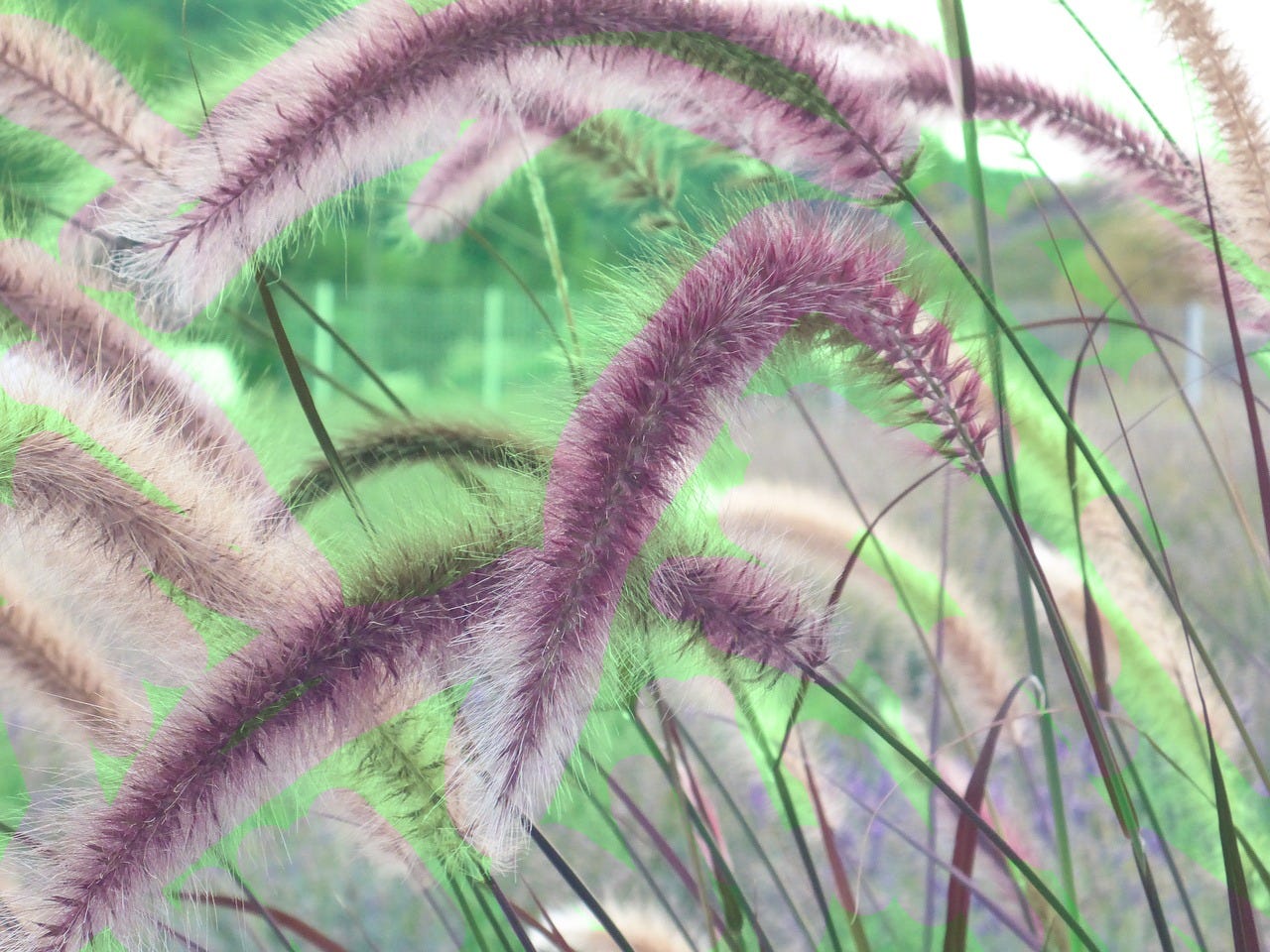

Landscaping Ideas
When To Plant Purple Fountain Grass
Modified: March 19, 2024
Learn when to plant purple fountain grass for your landscaping ideas. Discover the best timing and tips for successful growth in your garden.
(Many of the links in this article redirect to a specific reviewed product. Your purchase of these products through affiliate links helps to generate commission for Storables.com, at no extra cost. Learn more)
Introduction
Welcome to the vibrant world of landscaping, where the lush greenery and vibrant hues of flowering plants come together to create stunning outdoor spaces. In this article, we’ll delve into the enchanting realm of purple fountain grass, a captivating ornamental grass species that adds a touch of elegance and whimsy to any landscape. Whether you’re a seasoned gardener or a novice enthusiast, understanding the optimal planting time for purple fountain grass is essential to ensure its successful establishment and flourishing growth.
Native to East Africa, purple fountain grass, scientifically known as Pennisetum setaceum ‘Rubrum,’ is celebrated for its striking burgundy foliage and graceful, arching plumes. This ornamental grass thrives in warm climates and is prized for its low-maintenance nature, making it a popular choice for adding visual interest to gardens, borders, and containers.
As we embark on this horticultural journey, we’ll explore the ideal climate and soil conditions for cultivating purple fountain grass, the best time for planting, recommended planting methods, and essential care tips to nurture its resplendent beauty. By the end of this article, you’ll be equipped with the knowledge and confidence to cultivate and enjoy the captivating allure of purple fountain grass in your outdoor oasis.
Key Takeaways:
- Plant purple fountain grass in spring for warm climates or early fall for regions with hot summers. Ensure well-draining soil and ample sunlight for its vibrant growth.
- Care for purple fountain grass by watering regularly, pruning in late winter, and protecting from frost. Embrace its beauty and create a vibrant outdoor sanctuary.
Read more: What To Plant With Purple Fountain Grass
Climate and Soil Requirements
Purple fountain grass thrives in warm, temperate climates, making it well-suited for USDA hardiness zones 9-11. It revels in full sun exposure, basking in at least six to eight hours of sunlight daily. This ensures the optimal development of its rich, burgundy foliage and enhances the vibrancy of its distinctive plumes. In regions with scorching summer temperatures, providing partial shade during the hottest part of the day can prevent leaf scorch and maintain the grass’s resplendent appearance.
When it comes to soil, purple fountain grass exhibits remarkable adaptability, flourishing in a variety of well-draining soil types. However, it thrives in moderately fertile, loamy soils that retain moisture without becoming waterlogged. Before planting, amending the soil with organic matter, such as compost or well-rotted manure, can enhance its texture and nutrient content, providing an optimal foundation for the grass’s growth.
It’s important to note that purple fountain grass is not tolerant of frost, so in cooler climates, it is best grown as an annual or overwintered indoors. In areas prone to frost, planting in containers allows for easy relocation to a sheltered location during winter, safeguarding the grass from potential cold damage.
Planting Time
Timing is crucial when it comes to planting purple fountain grass, as it directly impacts the grass’s ability to establish strong roots and thrive in its new environment. In regions with mild winters and warm, extended growing seasons, the ideal time to plant purple fountain grass is in the spring, after the last frost has passed. This allows the grass to take advantage of the favorable growing conditions and establish robust root systems before the onset of summer’s heat.
For areas with scorching summers and mild winters, planting in the early fall, around September or October, is optimal. The soil retains warmth from the summer months, creating favorable conditions for root establishment before the arrival of cooler temperatures. By planting in the fall, the grass has ample time to acclimate to its new home and develop a strong foundation, ensuring resilience during the following summer.
When planting purple fountain grass as an annual in cooler climates, it’s best to wait until all danger of frost has passed before introducing it to the outdoors. This typically occurs in late spring or early summer, providing the grass with a conducive environment for vigorous growth throughout the warmer months.
Regardless of the planting time, it’s essential to monitor the local climate and weather forecasts to ensure that the grass is introduced to the outdoors during a period conducive to its growth. By aligning the planting time with the region’s climate patterns, you can set the stage for the grass to flourish and grace your landscape with its captivating beauty.
Plant purple fountain grass in the spring after the last frost date for your area. This will give the grass plenty of time to establish before the hot summer months.
Planting Method
Planting purple fountain grass is an exciting endeavor that sets the stage for the graceful beauty it will bring to your outdoor space. Before delving into the planting process, it’s essential to gather the necessary supplies, including the grass’s young plant or seeds, well-draining potting mix, a shovel or garden trowel, and organic fertilizer. Once you have everything in place, follow these steps to ensure a successful planting process:
- Choose the Right Location: Select a well-drained area in your garden or a spacious container with adequate drainage holes. Ensure the chosen spot receives ample sunlight, as this is crucial for the grass’s growth and vibrant coloration.
- Prepare the Soil: If planting in the ground, loosen the soil to a depth of 12-15 inches and incorporate organic matter, such as compost or well-rotted manure, to improve soil texture and fertility. For container planting, fill the container with a high-quality potting mix, leaving enough space to accommodate the grass’s root ball.
- Planting the Grass: If using young plants, dig a hole slightly larger than the root ball and place the plant at the same depth as it was in its original container. Gently backfill the hole with soil and pat it down to remove air pockets. For seeds, sow them directly into the prepared soil or potting mix according to the recommended spacing on the seed packet.
- Watering and Feeding: After planting, water the grass thoroughly to settle the soil and provide initial moisture. Consider applying a balanced, organic fertilizer to promote healthy growth and vibrant foliage.
- Maintenance: Keep the soil consistently moist, but not waterlogged, especially during the grass’s initial growth phase. As the grass matures, maintain a regular watering schedule, ensuring the soil does not dry out completely between waterings.
By following these planting guidelines, you can establish purple fountain grass with confidence, setting the stage for its enchanting presence in your landscape. Whether adorning a garden bed, lining a walkway, or gracing a patio container, the graceful allure of purple fountain grass is sure to captivate all who encounter it.
Care and Maintenance
Once your purple fountain grass is in place, providing attentive care and maintenance is essential to ensure its continued vitality and ornamental appeal. By incorporating these key practices into your gardening routine, you can foster a thriving environment for the grass to flourish:
- Watering: Purple fountain grass thrives in consistently moist soil, especially during the hot summer months. Water the grass deeply whenever the soil surface feels dry to the touch. Be mindful of excessive moisture, as waterlogged conditions can lead to root rot.
- Pruning: Regular pruning is beneficial for maintaining the grass’s aesthetic appeal and promoting healthy growth. In late winter or early spring, trim back the foliage to a few inches above the ground to encourage fresh, new growth. This rejuvenation pruning helps remove any winter damage and stimulates the development of vibrant foliage and plumes.
- Fertilization: Applying a balanced, slow-release fertilizer in early spring can provide the grass with the nutrients it needs for robust growth and vivid coloration. Follow the fertilizer’s application instructions, and avoid over-fertilization, which can lead to excessive foliage at the expense of plume development.
- Protection from Frost: In regions where frost is a concern, provide winter protection for purple fountain grass. Mulch the base of the grass with a thick layer of organic mulch to insulate the roots and protect them from freezing temperatures. If growing the grass in containers, move them to a sheltered location or indoors during the colder months.
- Pest and Disease Management: Monitor the grass for signs of pests, such as aphids or spider mites, and address any infestations promptly. Additionally, ensure good air circulation around the plants to mitigate the risk of fungal diseases, such as rust or leaf spot.
By integrating these care and maintenance practices into your gardening routine, you can nurture the health and beauty of your purple fountain grass, ensuring it remains a captivating focal point in your landscape throughout the growing season.
Read more: When To Trim Fountain Grass
Conclusion
As we conclude our exploration of the enchanting world of purple fountain grass, we have uncovered the essential insights needed to cultivate and cherish this captivating ornamental grass. From understanding its climate and soil requirements to mastering the art of planting, nurturing, and maintaining its resplendent beauty, you are now equipped with the knowledge to embark on a horticultural journey filled with grace and allure.
By embracing the optimal planting time for purple fountain grass, whether in the spring to harness the warmth of the growing season or in the fall to establish robust roots before winter’s arrival, you can set the stage for its flourishing presence in your outdoor sanctuary. The planting process, from selecting the perfect location to providing the right soil conditions and ongoing care, is a testament to the commitment and passion you bring to your gardening endeavors.
As you witness the graceful arching plumes and rich burgundy foliage of purple fountain grass swaying in the breeze, you’ll experience the rewards of your dedication and attention to detail. The vibrant allure it lends to garden beds, borders, and containers is a testament to the transformative power of nature’s beauty.
In nurturing your purple fountain grass through attentive care, from regular watering and rejuvenation pruning to safeguarding it from frost and potential pests, you become a steward of its flourishing vitality. Your commitment to its well-being ensures that its captivating presence continues to enchant and inspire all who encounter it.
As you immerse yourself in the art of cultivating purple fountain grass, may your outdoor spaces be transformed into vibrant havens of natural splendor, where the graceful elegance of this ornamental grass takes center stage. Through your dedicated efforts and the timeless allure of purple fountain grass, you are creating a living tapestry of beauty that enriches the landscape and captivates the senses.
With each swaying plume and every burst of vibrant color, purple fountain grass stands as a testament to the harmonious interplay of nature’s elements and the enduring joy of cultivating living works of art in the great outdoors.
Frequently Asked Questions about When To Plant Purple Fountain Grass
Was this page helpful?
At Storables.com, we guarantee accurate and reliable information. Our content, validated by Expert Board Contributors, is crafted following stringent Editorial Policies. We're committed to providing you with well-researched, expert-backed insights for all your informational needs.
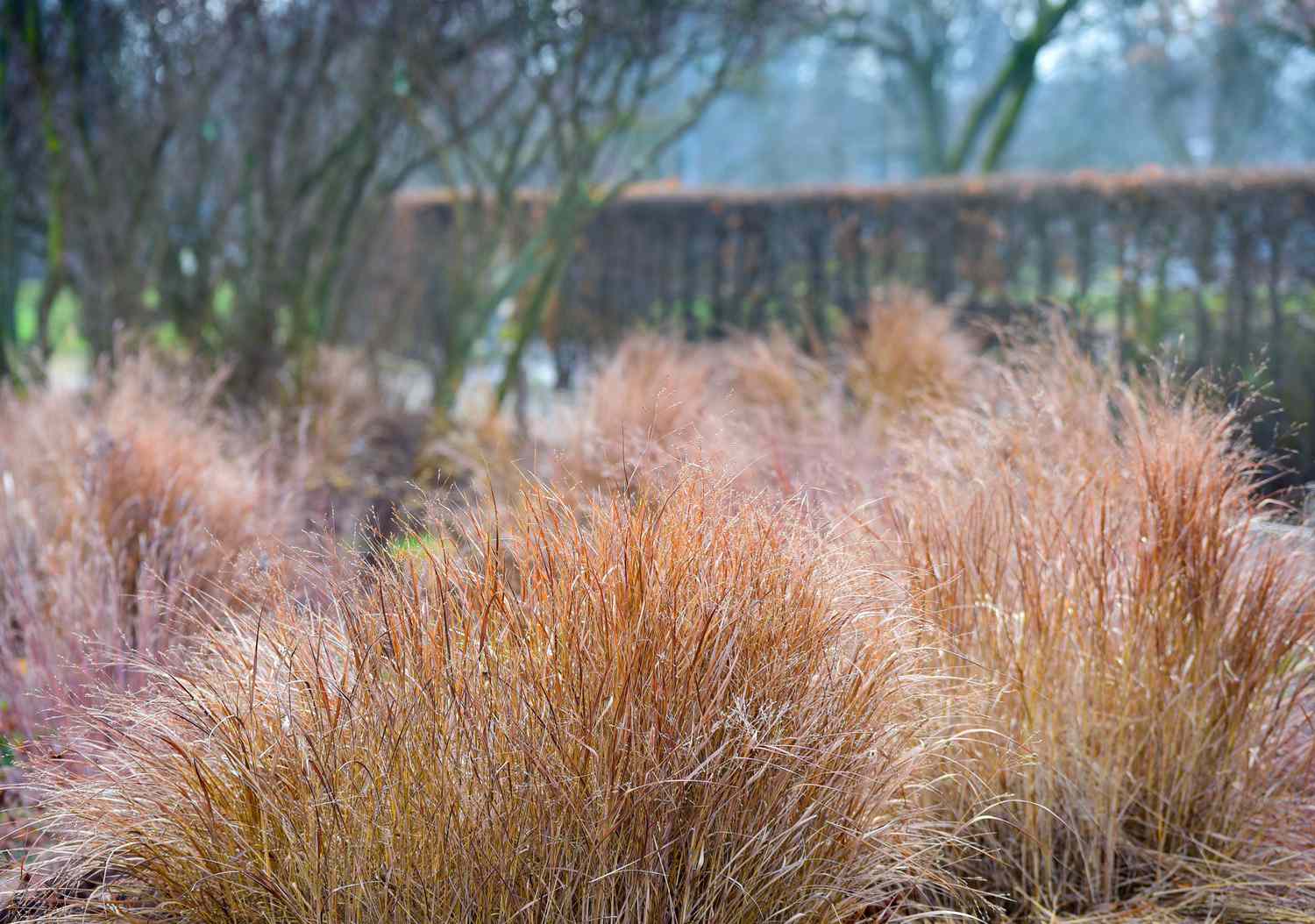


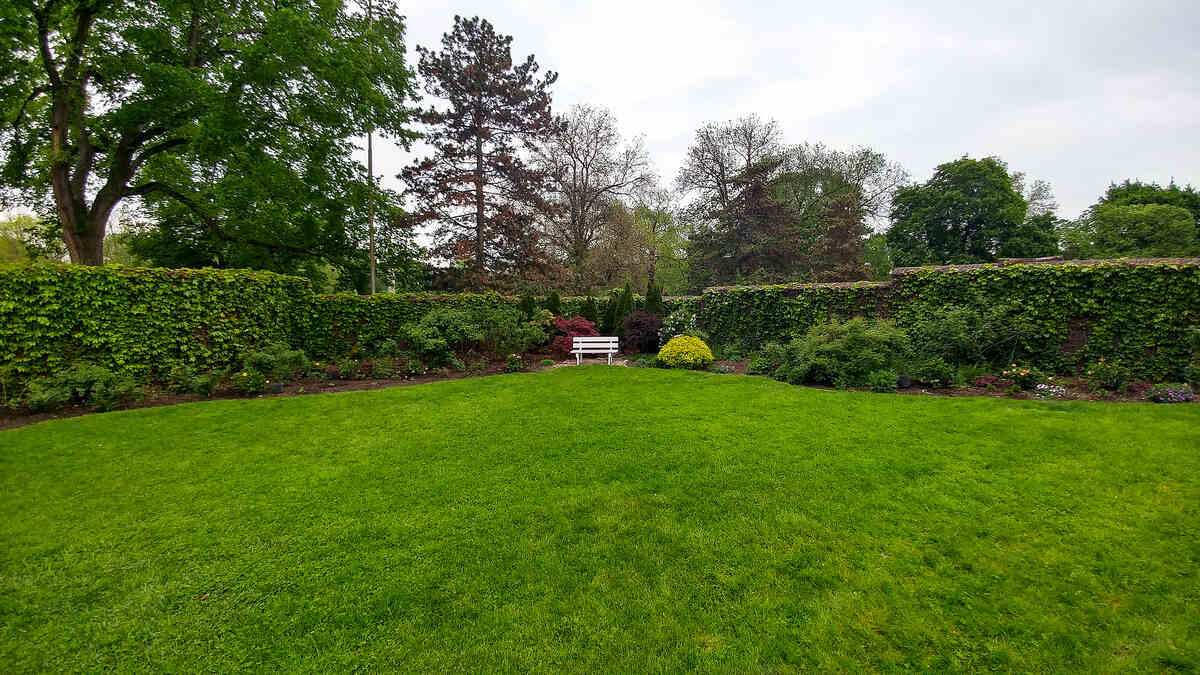
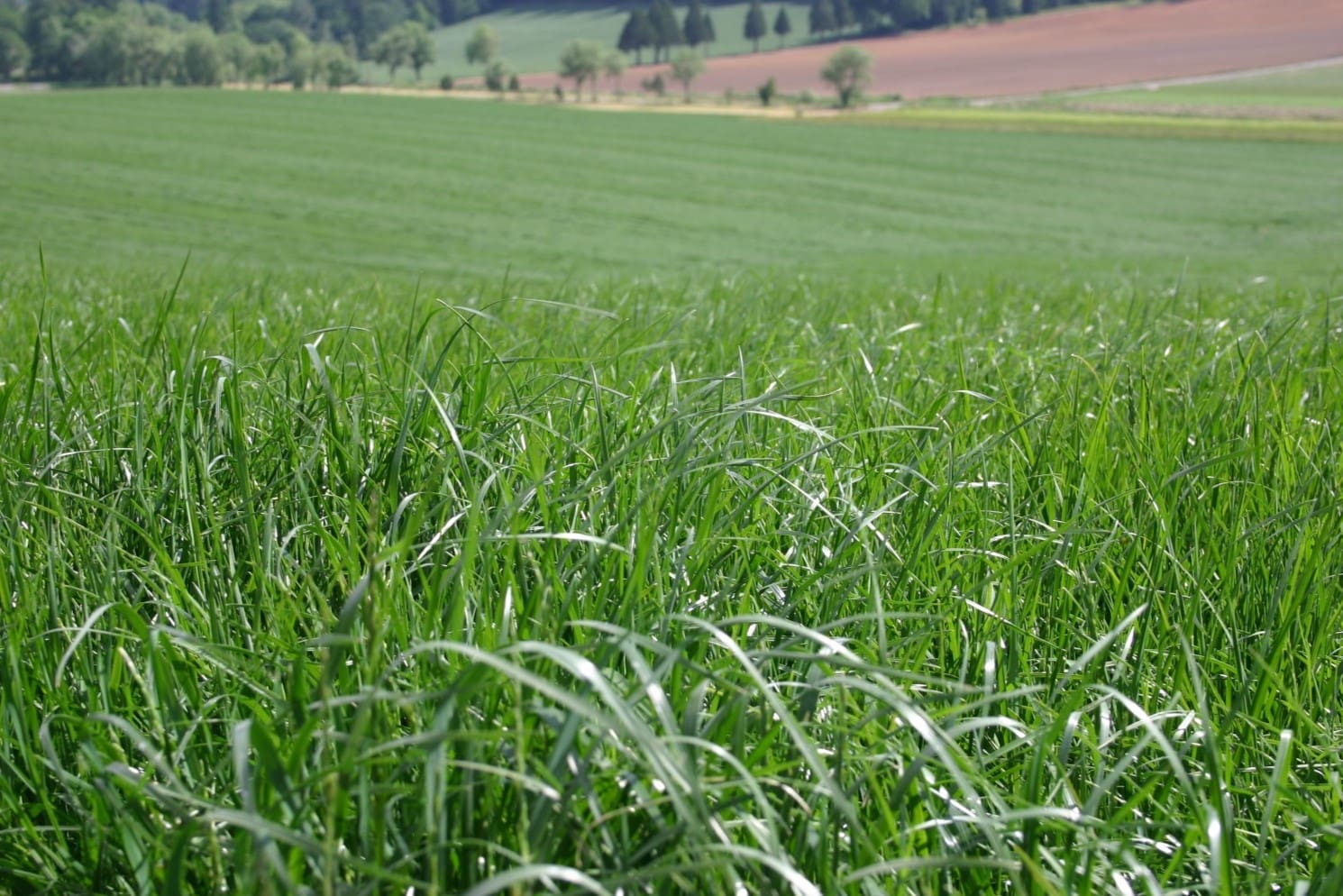

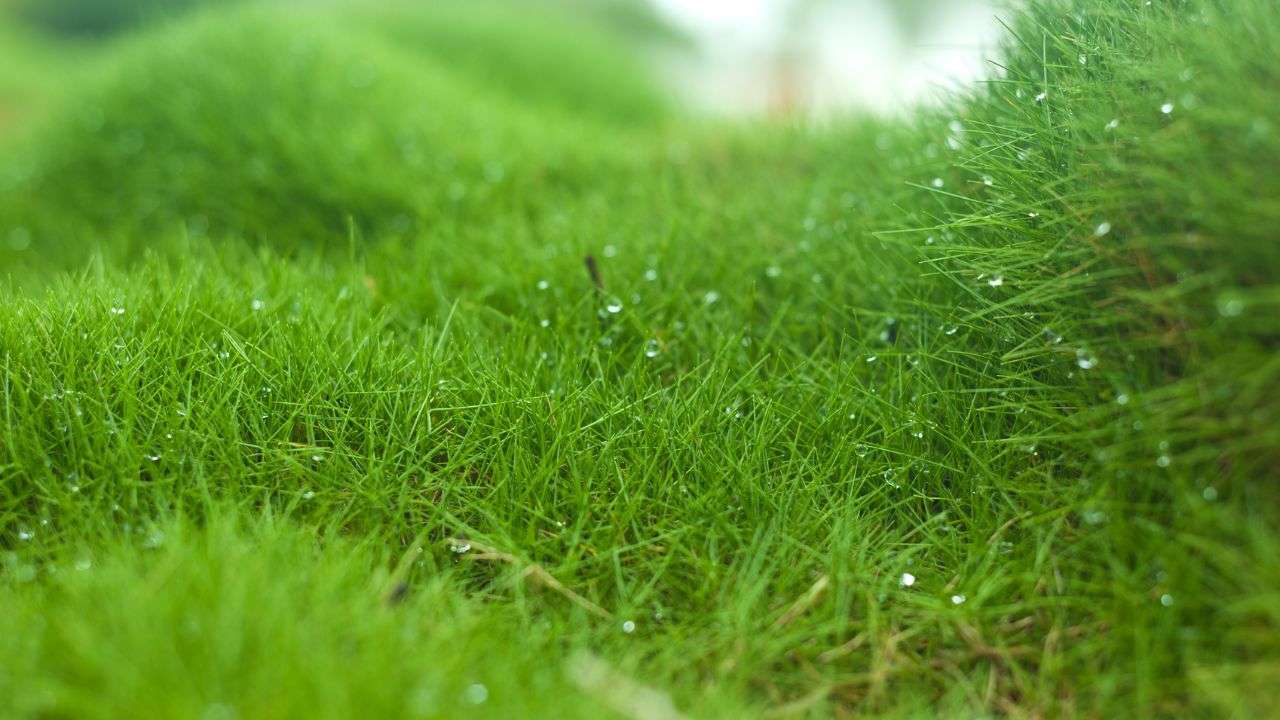



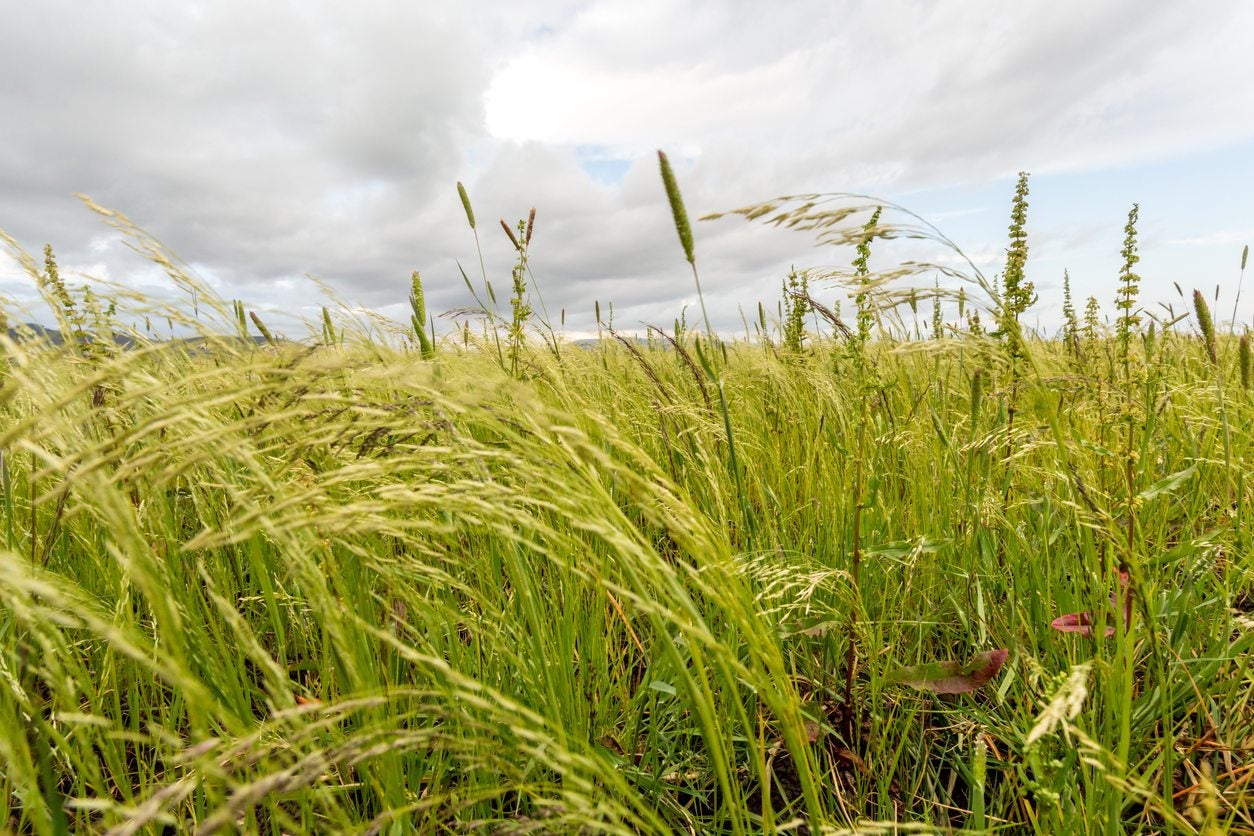
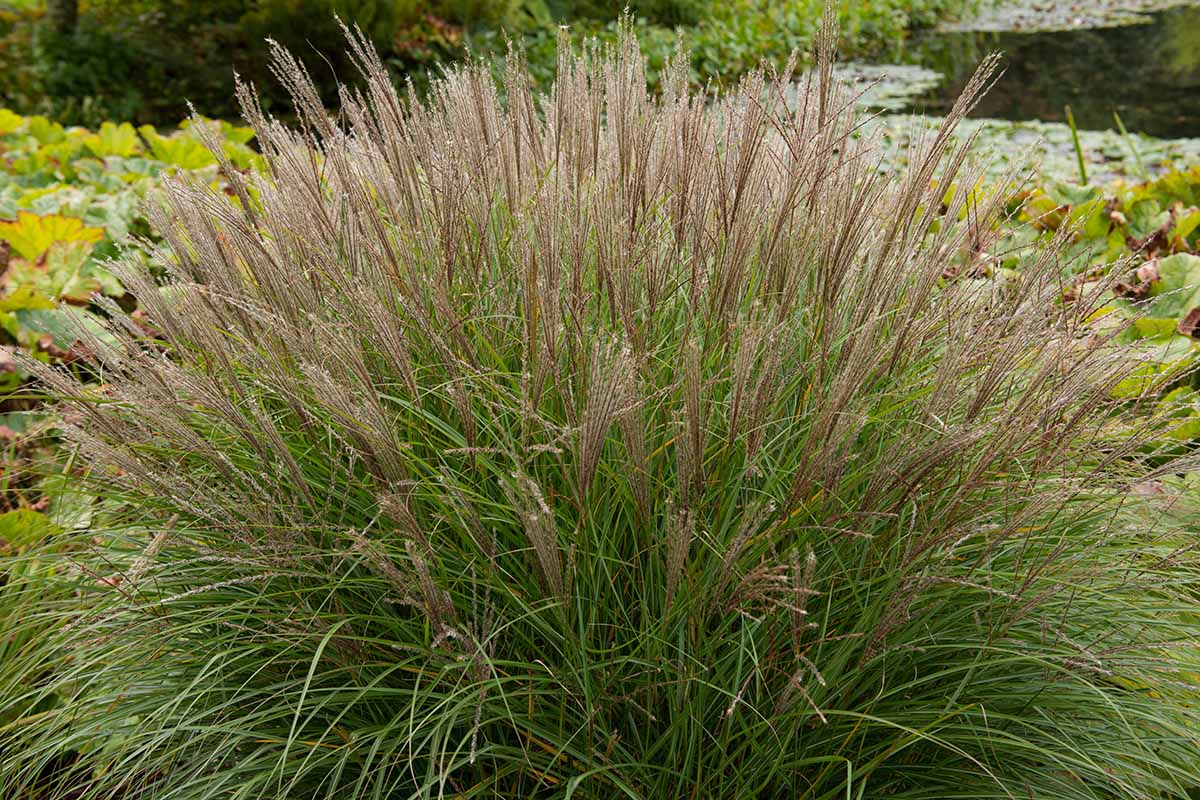
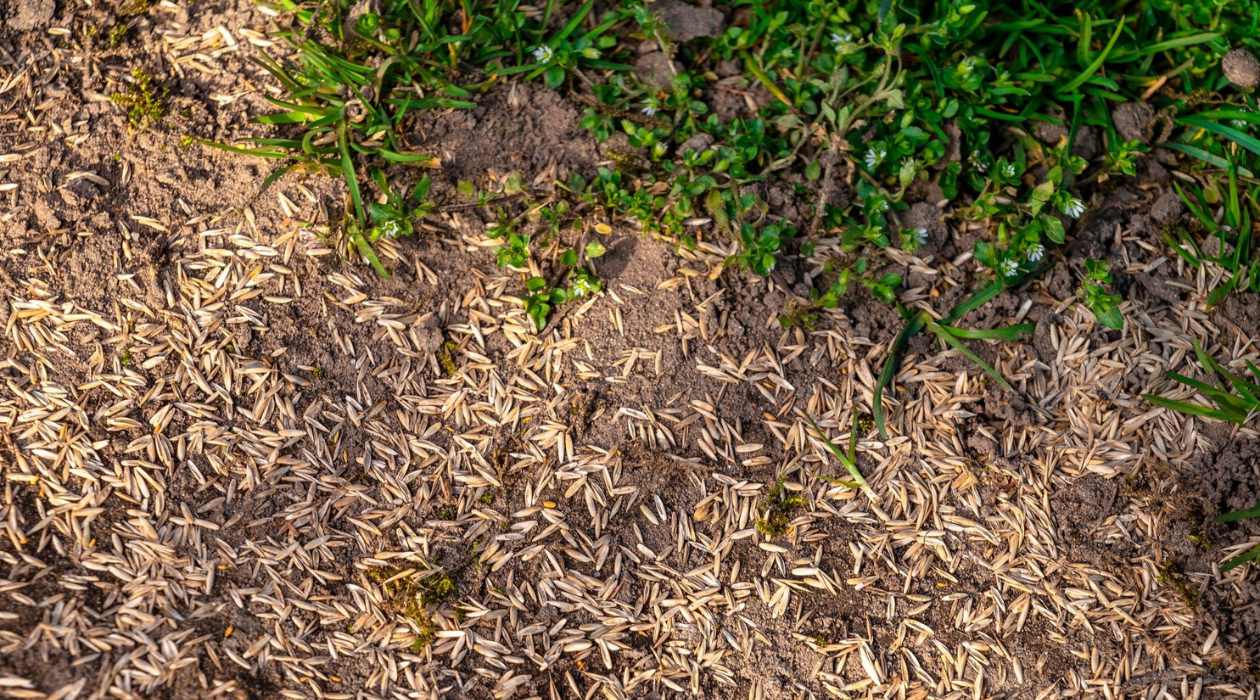
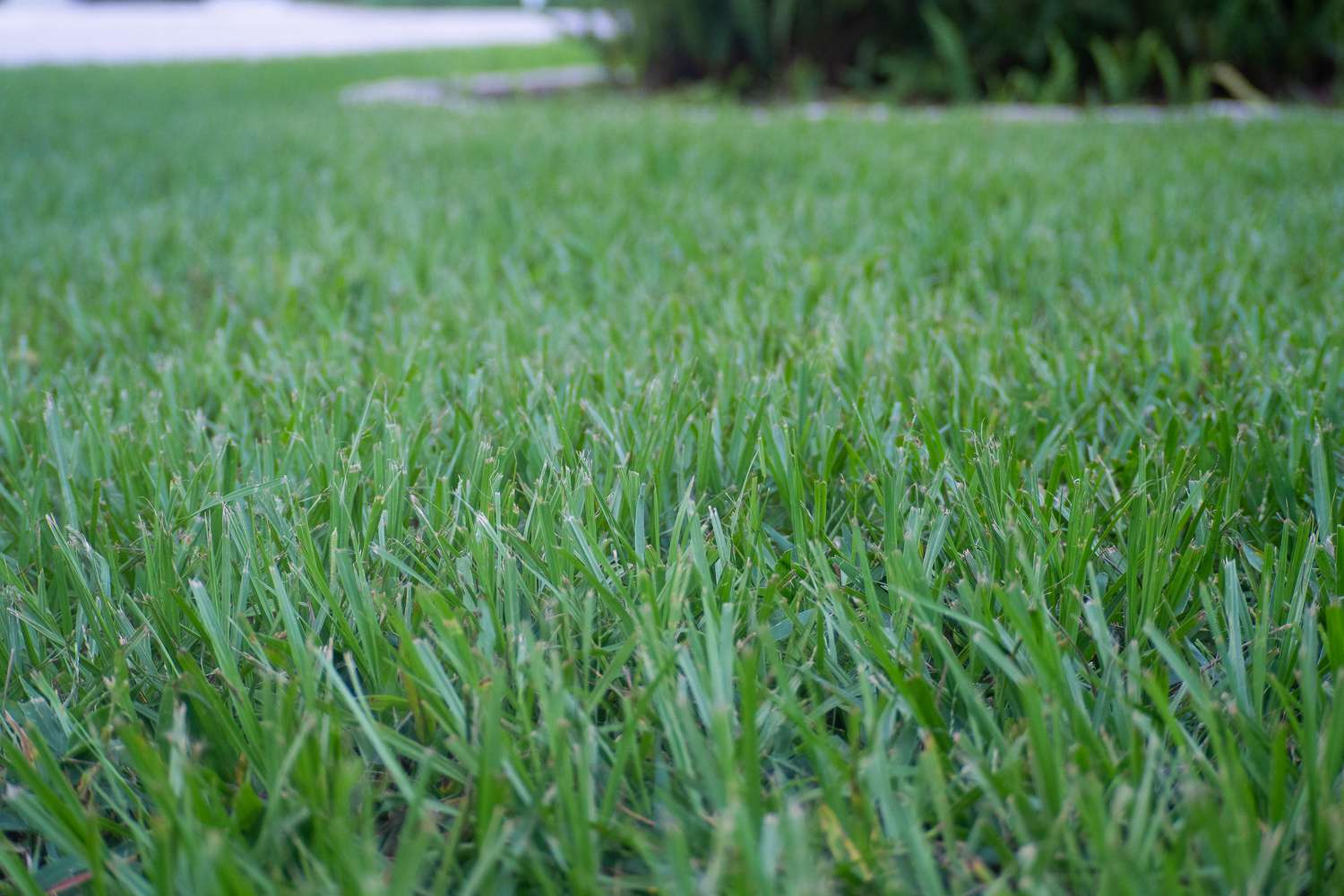

0 thoughts on “When To Plant Purple Fountain Grass”